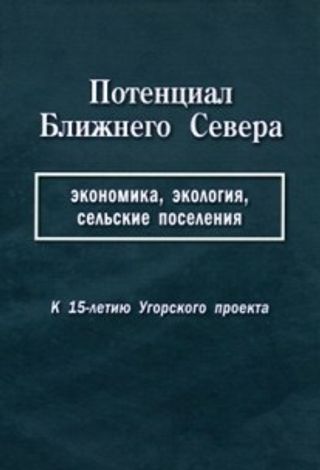?
Потенциал ближнего Севера: экономика, экология, сельские поселения. К 15-летию Угорского проекта: коллективная научная монография / сост. и под ред. Н.Е.Покровского и Т.Г.Нефедовой.
The results of a comprehensive study of the socio-economic, socio-geographical, ecological, socio-cultural and demographic processes occurring in Near North European part of Russia. The current state of urban and rural areas, the problem of the crisis of agriculture, power dynamics, natural attrition and migration, the ways of adaptation to the new socio-economic conditions of the past twenty years. The problems of business development and the role of urban summer residents in the preservation of dying villages, especially info-communication and media consumption of rural residents. The questions of biodiversity, natural and social capital of the region, the provision of ecosystem services. Possibilities of recreational use of the Trans-Volga and development of ecological tourism. The controversy over the impact of globalization on the rural economy and society, a trend towards the revival of economic and social archaism. Particular attention is paid to the analysis of the situation in the area Manturovsky Kostroma region, and especially in Ugory-Leontiev rural settlement, which became the main testing ground for interdisciplinary research "Ugory project."
